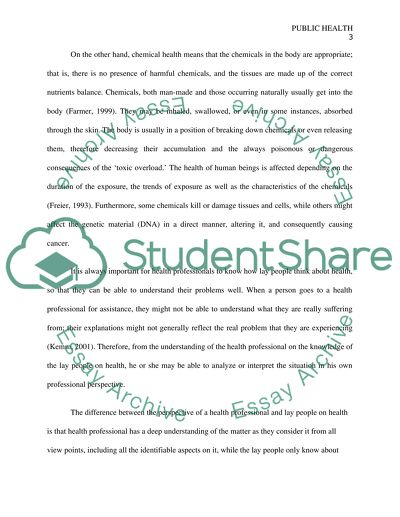Cite this document
(“Public Health Assignment Example | Topics and Well Written Essays - 2000 words”, n.d.)
Public Health Assignment Example | Topics and Well Written Essays - 2000 words. Retrieved from https://studentshare.org/health-sciences-medicine/1444888-public-health
Public Health Assignment Example | Topics and Well Written Essays - 2000 words. Retrieved from https://studentshare.org/health-sciences-medicine/1444888-public-health
(Public Health Assignment Example | Topics and Well Written Essays - 2000 Words)
Public Health Assignment Example | Topics and Well Written Essays - 2000 Words. https://studentshare.org/health-sciences-medicine/1444888-public-health.
Public Health Assignment Example | Topics and Well Written Essays - 2000 Words. https://studentshare.org/health-sciences-medicine/1444888-public-health.
“Public Health Assignment Example | Topics and Well Written Essays - 2000 Words”, n.d. https://studentshare.org/health-sciences-medicine/1444888-public-health.


